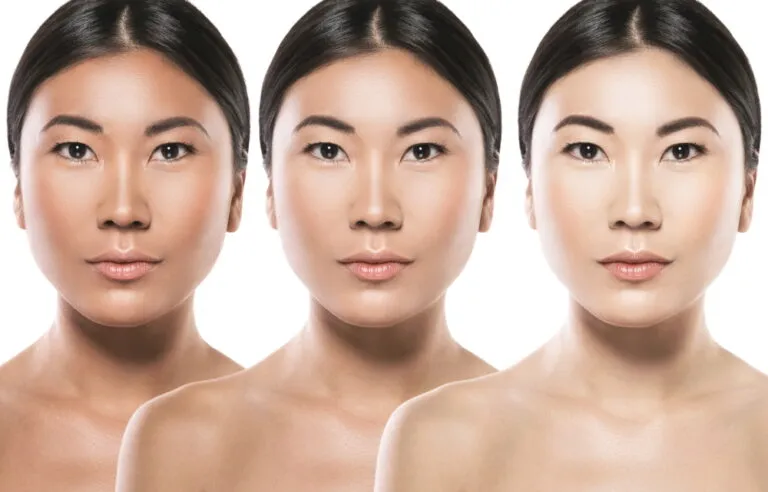Ingredients That Affect and Enhance Skin Permeability
Ingredients that affect and enhance skin permeability
Studies over time have proved that the human skin is impermeable to inorganic particles. It was believed that the only way to increase the permeability of the skin was to alter the mechanical stressors. However, with new technology, there are better ways to increase the permeability of the human skin. One of the very common examples is the use of ultraviolet radiation. Other methods in use are tape stripping, abrasion of the skin and use of chemicals for skin enhancement.
This article focuses on the use of chemical enhancement for increasing the human skin’s permeability. Chemically enhancing the skin’s permeability is a process in which chemicals like dimethyl sulfoxide (DMSO), polyvinylpyrrolidone (PVP), oleic acid and many others are applied to the skin’s surface.
Dimethyl sulfoxide (DMSO) is an organic sulfur compound with the formula (CH3)2SO. It comes as a colorless liquid. It is an important polar solvent that dissolves both polar and non-polar compounds. Its boiling point is relatively high compared to other solvents of its nature. It is widely claimed that users of DMSO perceive a garlic-like taste in the mouth after using products that contain it.
As early as 1963, one of the most important benefits of DMSO was discovered by the Oregon Health & Science University Medical School team. The discovery in the field of medicine created a wide platform for its application. In the early days, it was used as an analgesic, as an anti-inflammatory, and as an antioxidant. In modern medicine, increasing the permeability of the skin has enhanced treatment of diseases like cancer. Increasing the permeability of skin allows nanoparticles to penetrate and target cancer cells
DMSO is mostly used nowadays for pain relief. It is a safer product that steroids and it is better than aspirin as an anti-inflammatory product too. It is administered on the skin (topically). Not only is it safe for use, it comes with the good benefits narcotics usage like loss of sensation and drowsiness. Unlike other products, DMSO is not such that the body develops resistance to it requiring more dosage for every use. A little is enough as it goes a long way.
Stroke accounts for over 3million disabilities directly or indirectly and is the third largest killer in the US. Applying DMSO at the early stages has shown to dissolve the clot that causes the stroke, thus restoring circulation and avoiding paralysis. It is advised to administered immediately usually in the first few hours intravenously. Some doctors believe DMSO should be in the first aid kit in the ambulance. So that it can be given to the patient on the way to the hospital. Its ability to stop a stroke should not be overlooked as it is very important.
Other cases where DMSO has been applied include – Burns, Bursitis, Frostbite, Frozen Shoulder, Gouty Arthritis, Haemorrhoids, Interstitial Cystitis, Muscle Spasms, Including Night Time Muscle Cramps, Neuritis, Arthritis, Peyronie’s Disease, Strains, Sprains, Bruising, Bone Fractures, Whiplash and Other Athletic Injuries.
Dangers and FDA status
Testing of DMSO a wood-derived solvent, as a drug began in the early 1960’s, but was halted in 1965 after experiments in animals indicated that it had adverse effects on the eyes. In the years after, experiments resume ensuring that patients were safe.
It is approved for medical use in dogs and horses and approved for treating interstitial cystitis, a bladder condition in humans. Notwithstanding, the FDA did not grant approval for its use in topical (skin) use in humans. For other purposes, such as arthritic conditions of joints, bursitis and scleroderma tests are ongoing. In cases of treatment of mental illness, spinal cord injury and brain trauma, there are no definite conclusions from test results.
Know side effects include nausea, headache, and rashes on the skin. Also, due to the nature of the product as a solvent, impure DMSO can deliver harmful substances into the bloodstream. The use of DMSO in treating crippling pain from arthritis and bursitis may be justifiable but not its use for minor pains and aches.
Dimethyl Isosorbide (DMI) is a high purity solvent. It allows for an effective delivery of active ingredients in personal care products into the body through the skin. Examples of products where DMI is used include facial treatment products, sunless tanners, make-up removers and a couple of others. Unlike DMSO, it is safe for use on the face and it lowers skin irritation.
Propylene Glycol’s prolonged contact with the human face is not irritating. However, undiluted propylene glycol is minimally irritating to the eye, producing slight conjunctivitis. The symptoms dissipate once the exposure is removed. Also, inhalation can have side effects on some individuals however, it is safe to inhale.
Isopropyl myristate is used in cosmetic preparations for products that need to be absorbed properly into the skin. It is currently used against head lice. Also in perfume and mouthwash. In mouthwash, it removes bacteria from the oral cavity.







